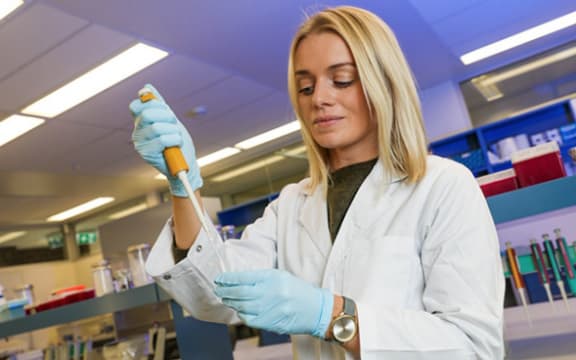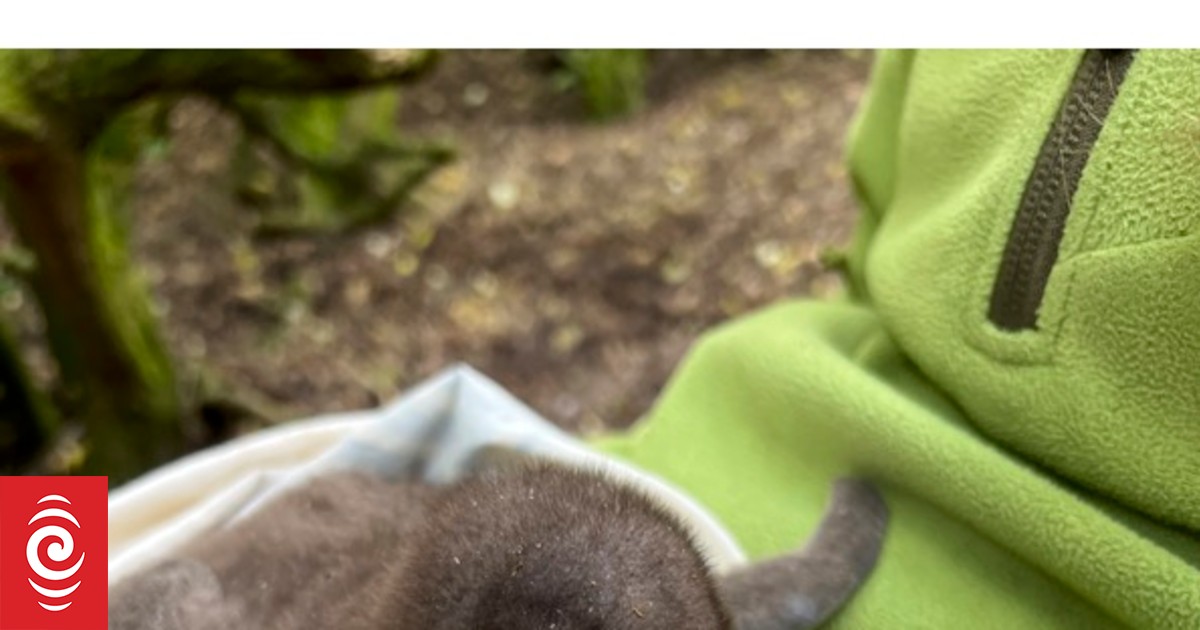A quarter of the yellow-eyed penguin or hoiho chicks from the mainland died from a respiratory disease in 2021, as researchers have been hunting for a cure.
Photo: Janelle Wierenga
The likely cause of a disease that’s resulted in mass deaths among critically endangered hoiho chicks has been discovered, with hopes it can eventually be prevented.
Roughly a quarter of the yellow-eyed penguin chicks from the mainland died from the respiratory disease during the 2021 November to December hatching season.
The multi-agency research group identified a novel gyrovirus as likely to be responsible for the fatal disease following post-mortems of 43 dead chicks.
The group was led by two University of Otago researchers, including virologist Dr Jemma Geoghegan.
Three Otago populations of hoiho are monitored annually and newly hatched chicks are monitored and weighed every two to three days.
Chicks with respiratory symptoms or weight loss are immediately transferred to the Dunedin Wildlife Hospital for treatment.
Roughly 137 wild hoiho chicks were admitted to the hospital, with 31 of them showing signs of respiratory disease within their first week.

Hoiho are endangered.
Photo: Yellow-eyed Penguin Trust
Twenty-seven of them died within 24 hours of showing symptoms, one survived five days with intensive veterinary support and three were treated and returned to the nest.
Tissues samples were taken from the 43 dead chicks which revealed a “highly abundant gyrovirus”, Dr Geoghegan said.
“We collected tissues from the chicks that died of respiratory distress syndrome and used next-generation sequencing technology to try to identify any pathogens present,” she said.
“This is the same technology that Chinese scientists used to identify that a new coronavirus was causing a respiratory disease in humans, which of course was later named SARS-CoV-2.
“We identified a novel gyrovirus that appears to be abundant in samples from the diseased chicks. The virus is related to other gyroviruses that cause disease in other birds, including chickens.
“Related viruses that affect chickens have vaccines to prevent them, so a vaccine might be a possibility one day, but there is a lot more work to do.”
The research group also developed a PCR test to identify the presence of the virus in the future.
The first suspected case was as early as 2015, but the disease was initially identified in 2019.
There was an ongoing investigation to try and understand where and when the virus emerged, she said.

Dr Jemma Geoghegan
Photo: University of Otago
“In 2020 and 2021, the number of chick deaths from this disease increased four and five-fold, compared to 2019, with a mortality rate of more than 90 percent. Chicks usually succumbed to the disease within the first 10 days of life,” Dr Geoghegan said.
The northern population of hoiho that occupies mainland New Zealand and Stewart Island has experienced a 75 percent drop over the past three decades.
“It is feared they will be extinct on mainland Aotearoa within the next few decades, with infectious disease a significant contributor to their decline.
“That’s why this collaborative effort is extremely important, so we can ensure the survival of this taonga.”
The research group includes the Dunedin Wildlife Hospital, Yellow-Eyed Penguin Trust, Department of Conservation, Ministry for Primary Industries and both Otago and Massey universities.
The Morris Animal Foundation funded the research.





















Discussion about this post